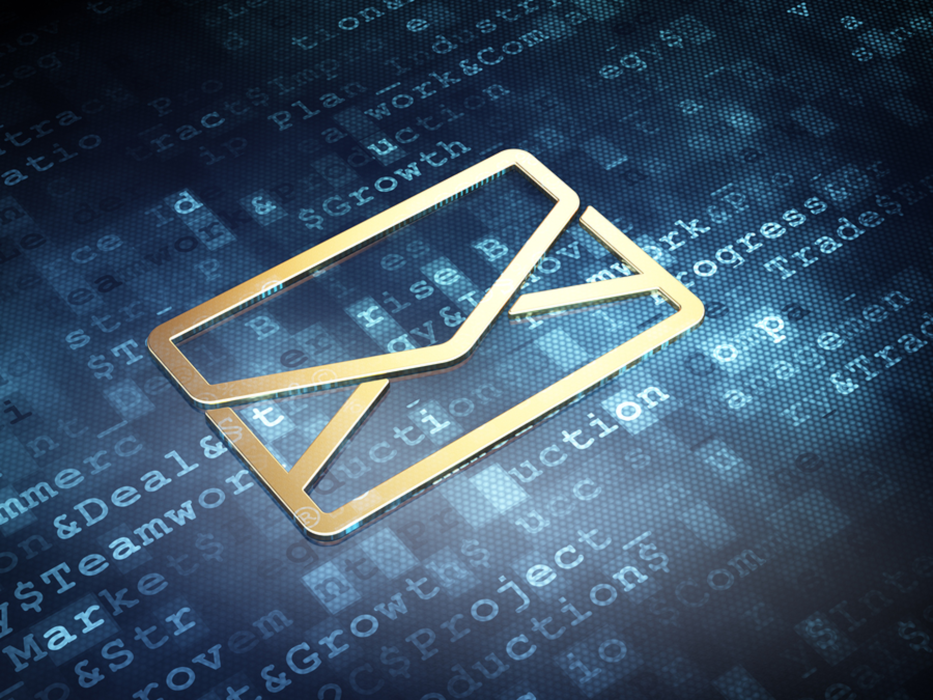A couple of weeks ago in this space,we laid out the many positive aspects of the U.S. Postal Service as a marketing channel (high response, exclusive access, mass scale) and wondered whether its reputation as dowdy and deficit-ridden old warhorse could be turned around if it were reinvented as a digital startup. We got some reactions to the story from some notables of the digital world, and here we present their thoughts.
“First, let’s understand that the situation for them has changed dramatically. They are no longer the only way to communicate. In fact, they are likely near the bottom half of a long list of ways individuals communicate today. Most of us get way too many items we never asked for via the USPS—and this is where the transformation must begin,” wrote David Trice (left), CEO of Engage.cx, who sold Revenue Technologies to Oracle in 2007 and then helped the company bring FusionCRM to market.
To make the mail more like digital communications, Trice posited, it’s imperative for the Postal Service to allow consumers to filter what mail they get from marketers. “As a consumer, I need to get my bills, and I want to hear from Lands End, but I don’t want to hear from real estate agents.I also don’t want credit card offers by the dozen,” Trice contended. “If the USPS gave me control over what was delivered, then I would give them control to share that data with the respective brands I care most about. It likely goes without saying, but this should all be done via a mobile app.”
The head of a noted Silicon Valley agency saw Trice’s idea and raised it one. “It strikes me that there’s a great first-party data opportunity for USPS to capitalize on,” wrote David Rodnitzky (left), CEO of 3Q Digital, whose clientele includes Facebook, Fitbit, MyWebGrocer, and Warby Parker. “Marketers already use postal addresses to match the customers in their database to consumers online. The USPS could offer the reverse of this concept. If someone clicks on an ad online, the USPS could use first-party data to automatically send that consumer a direct mail offer that is customized to what they clicked on.”
Dave Wakeman, a political campaign consultant who ran direct mail campaigns for Barack Obama and John Kerry thinks a postal-to-digital transformation must be preceded by a tearing down and rethinking of the customer proposition. “While the USPS has a monopoly on people’s doors and mailboxes, it also has a bad reputation for service. By recasting itself digitally, it can reshape its customer experience to create programs like ‘postage on demand’ and ‘hassle free shipping’ that will tap into the tools and products that the USPS has at its disposal, but translated to the digital age,” Wakeman (left) suggested.
Trice, too, had some ideas around the Postal Service making the most of what it’s already got. He put forth a concept he calls “Community Mail”—a high-value, Uber-inspired, local concept.“Mail going from one side of a ZIP Code to the other is mail between people who know each other—wedding invitations, graduation notices, etc.” Trice wrote. “Here USPS has a distinct and differentiated service offering that should be positioned as such. For instance, they could offer delivery bundled with flowers or partnered with Uber for rides home from events.”
Any more great postal ideas out there? Email them to me at [email protected].








